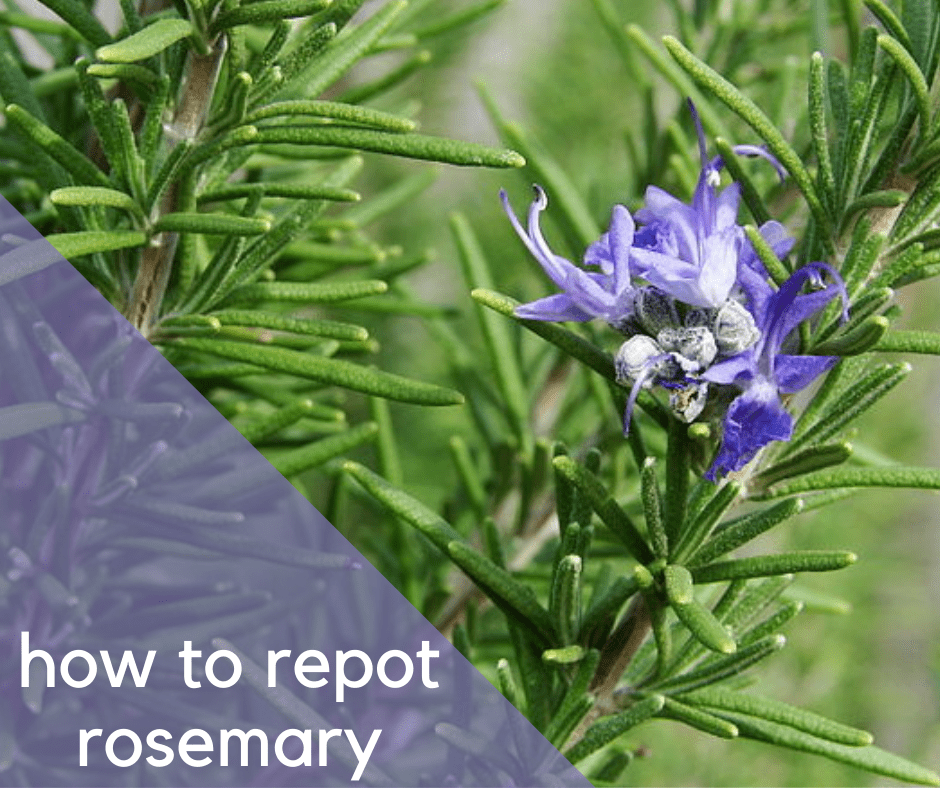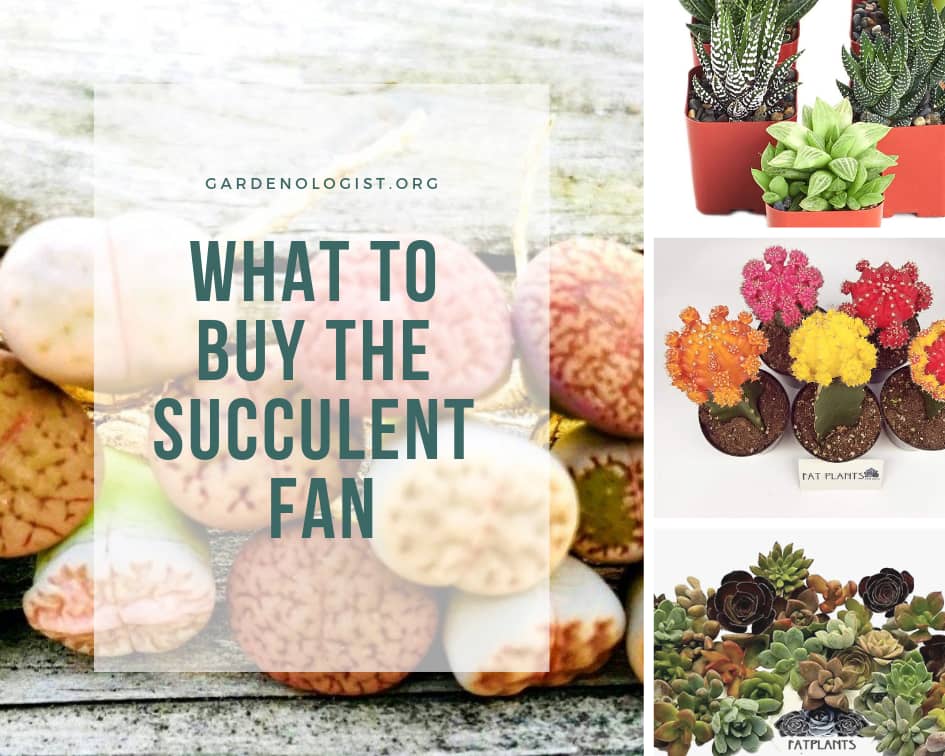This post may contain affiliate links. As an Amazon Associate we earn from qualifying purchases.
You might be surprised by how many houseplants are sensitive to fluoride.
With the current human health scare, it may seem a bit frivolous to address unhealthy situations for plants. But it does make good reading while you’re socially isolating, right?
Mineral toxicity. That’s what too much fluoride does to certain plants. The cause can be tap water or fertilizer. An excess of minerals can build up in the soil and if you’ve ever seen that buildup of white stuff around the edges of a planting pot or on the surface of the soil, you’ve witnessed this buildup for yourself.
Too much of this can result in the prevention of water uptake, causing dry foliage, wilting and even the death of your plant.
Not all houseplants are sensitive to fluoride but a great many are, especially tropicals.
Today, we bring you a list of common plants that are sensitive to fluoride. It isn’t an exhaustive list so curb your enthusiasm over messaging us with one that we left off. The operative word here is “common” and, what the heck – let’s add another: “popular.”
Symptoms and prevention of fluoride toxicity in houseplants
Fluoride toxicity also causes chlorosis of the foliage and/or a burned appearance. Typically, the damage begins at the tips of the leaves (hello, dracaena!).
If you suspect that your water contains high levels of fluoride, consider adding “very small amounts of hydrated lime periodically and watering it in,” suggests the experts at the Tropical Plant Society.
They claim that the fluoride combines with the lime to form calcium fluoride which doesn’t damage houseplants.
Here are some additional tips to help prevent fluoride toxicity:
- Collect rainwater to use on the sensitive plants
- Use bottled distilled water (not “spring” or “purified” water)
- Use a reverse osmosis water purifier
- Use potting mix without perlite and add grit (we use poultry grit, which you can purchase here) or other coarse material to help with drainage
- Avoid the use of superphosphate fertilizers
- Increase the calcium available to the plant by adding dolomitic lime (buy it at Amazon.com, here) to the potting soil at planting. Use 2.5 to 3 tablespoons of dolomitic lime to 3 gallons of soil.
- Scrape mineral buildup from the top of the soil and repot at least yearly, thoroughly cleaning the pots.

Fluoride Sensitive Houseplants
Plants vary in their sensitivity to sun, cold, heat and a host of other environmental factors. The same can be said for minerals; some are more sensitive to boron, copper and, yes, fluoride.
Then there are degrees of sensitivity. Some of the plants in the following list are quite sensitive to fluoride while others tolerate it but won’t look their best.
Keep in mind as well, that “… if you see that one species in a genus is fluoride sensitive, then other plants in that genus might also be,” according to Paula Szilard at TropicalPlantSociety.org.
First, a note on binomial nomenclature for those new to growing plants. Binomial nomenclature is the system of naming species of living things, including, of course, plants.
Some call this the “scientific name,” and that’s fine. It consists of two parts, the genus and species (you may hear the latter referred to as the “specific epithet”). The first letter in the genus name is always capitalized while the species’ first letter is written in lowercase. Both are always italicized or underlined.
Using one of our plants from the list below, then, the cast iron plant is the species elatior in the genus Aspidistra. You and I, on the other hand, are Homo sapiens, with Homo as the genus and our species is sapiens.
When referring to more than one species within a genus, we use the abbreviation “spp.”
List of fluoride-sensitive houseplants
Click on the links to view the plant and/or shop for it.
We earn a small commission when you click on a link and make a purchase.
Areca palm (Chrysalidocarpus lutescens)
Asparagus fern (Asparagus densiflorus)
Boston fern (Nephrolepis exaltata ‘Bostoniensis’)
Cast iron plant (Aspidistra elatior)
Dracaena demerensis ‘Warneckii’ and ‘Janet Craig’ (Highly fluoride intolerant)
Dracaena fragrans (Corn plant)
Dracaena Lance (Dracaena thaliaoides or thalioides)
Dragon tracks (Stromanthe amabilis)
Dragon tree (Dracaena marginata )
Fishtail palms (Caryota spp.)
Kentia palm (Howea forsteriana)
Lucky bamboo (Dracaena sanderiana)
Parlour palm (Chamaedorea elegans)
Peace lily (Spathiphyllum cochlearispathum)
Peacock plant (Calathea makoyana)
Prayer plant (Maranta leuconeura) Highly fluoride intolerant
Slender lady palm Rhapis humilis (Slender lady palm)
Spider plant (Chlorphytum comosum) High fluoride intolerance
Spiderwort/Wandering Dude (Tradescantia spp.)
Spineless yucca (Yucca gigantea)
Ti plant (Cordyline terminalis) High fluoride intolerance




very helpful, thank you!
Glad we could help, Joanna! Thanks for visiting